The direction of travel is genuinely positive, with a target of 'nature positive by 2030' a simple yet all-encompassing idea to grasp... Silos are being broken down and collaboration is increasing.
Damien Plant MBA CEnv FIEMA
Consultant. Founder: Sustain and Develop
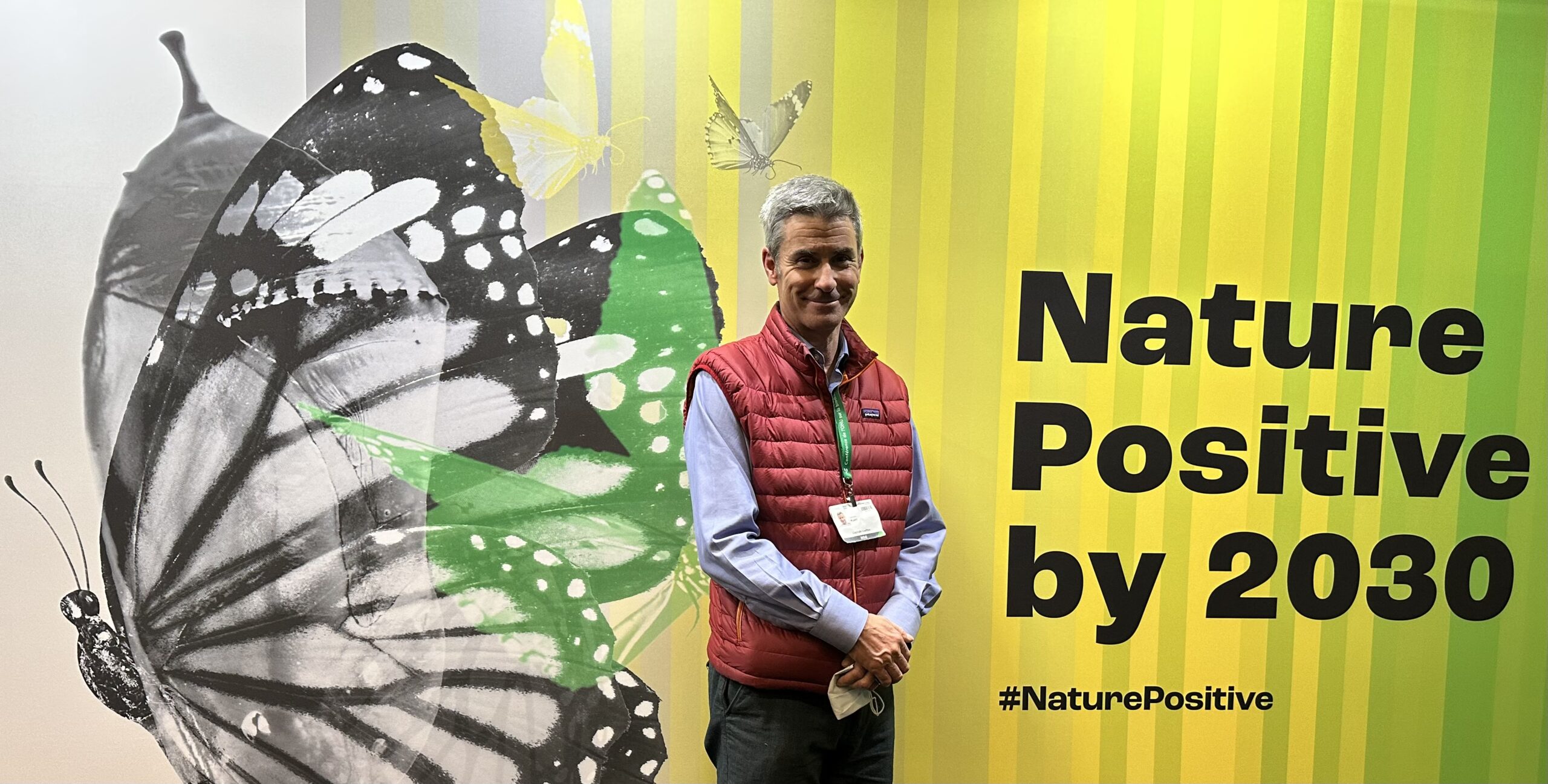
Pathway to sustainability leadership
I have been engaged with the issues of global warming, climate change and all things sustainability since 1992. Back then I was a young army officer, detached for the summer to be the mountain leader with a group of young glaciologists to measure something called ‘glacial retreat’ in Iceland. This was as far from my ‘normal’ life as I could get, notwithstanding a love for the outdoors and exploring the world in all its majesty.
This trip to Iceland became a personal turning point, and I became one of the first ‘green’ military officers – an extremely rare species, who never met or indeed knew how to recognise each other! Since then, my engagement continued to grow, but after a military and diplomat career I now work as a sustainability advisor based in Austria. And yes, we have lots of glacial retreat going on here.
In recent years I have been fortunate to be involved with a whole variety of climate and nature opportunities, including attendance at COP26, COP15 and the European Business and Nature Summit (EBNS). COP15 feeds directly into the EBNS. It was not a UNFCCC ‘climate’ conference as such, coming under the auspices of the Convention on Biological Diversity.
COP15 was a truly historic event, perhaps akin to COP21 in Paris, in that it provided a framework: the Global Biodiversity Framework, on which to build and shape the beginnings of targets. Which leads me to…
The EBNS: European Business and Nature Summit (11-12 October 2023)
Key focus
Having attended COP15, it was a privilege to see this translated in a European scenario. For context, the key aspect of the GBF for the business delegation with whom I travelled (from organizations such as the WEF, The B Team, WWF and Business for Nature was Target 15. This target required businesses to assess and disclose biodiversity dependencies, impacts and risks, and reduce negative impacts. This has given signatory governments the level playing field from which to legislate and produce policy. It then allows businesses clarity in the pre-competitive space to move in the right direction, invest appropriately and report and disclose in the competitive arena.
A collaborative approach
Space precludes a lengthy discussion of what happened, but those interested can follow the link at the end to explore further. What was really heartening was to see the clear linkages between Montréal and this event in Milan, a focus on action and a building of a pan-European community to take this forward. Multiple stakeholders were present, including government (The European Commission sponsored), NGOs such as Capitals Coalition who work with businesses to promote a multi-capital approach, finance, academia and not-for-profits. Silos are being broken down and collaboration is increasing.
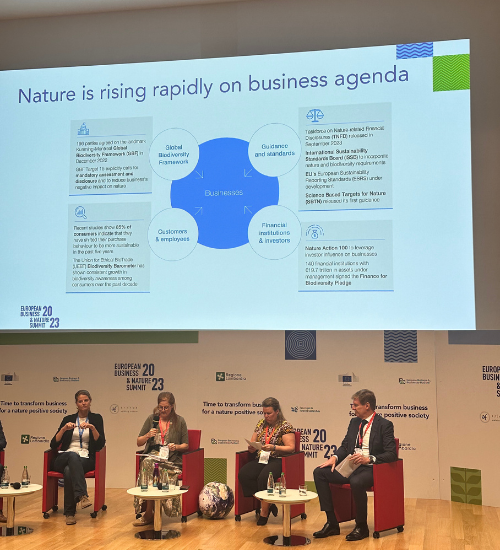
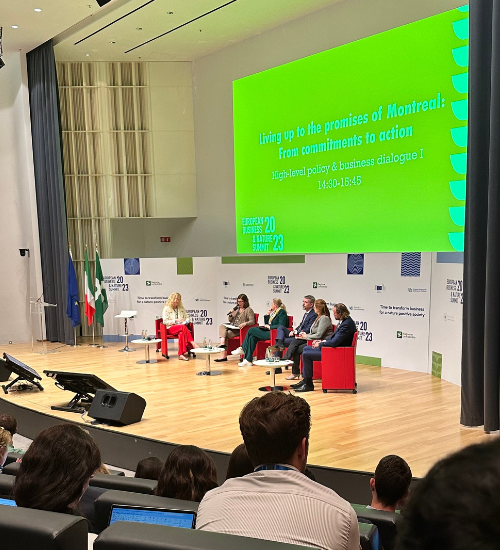
The challenges
The challenges are myriad. It was those looking forward that were present, standards are still under development and how does one even measure all the impacts and dependencies? Indeed, some readers will say we should not devalue nature by doing so. In Montréal, Tony Juniper CEnv (a former SocEnv President) commented that those working on climate haven’t begun to appreciate the complexities of nature and biodiversity. The climate agenda is also now well advanced when compared with the nature fight, which remains in its infancy. There is also a misunderstanding that they are the same thing.
Implementing change
Nevertheless, the direction of travel is genuinely positive, with a target of ‘nature positive by 2030’ a simple yet all-encompassing idea to grasp. The GBF and all the national and multi-lateral regulations that flow from it (e.g., via TNFD, CSRD, elements of the EU Green Deal) mean that the implementation phase is starting.
The EBNS rightly focussed on the continent of Europe, and particularly on the EU area. The level of ambition is high, with the organisation “striving to be the first climate-neutral continent”. That includes a specific commitment to the environment and oceans and an ambitious EU biodiversity strategy for 2030, that includes areas as diverse as soil, pollinators and the 30 by 30 initiative.
Other actors are also making huge contributions. For example Business for Nature have developed actions for twelve sectors from built environment to water and central bankers sharing best practice through the Network for Greening the Financial System (NGFS).

Looking forward
So what? For those in Europe we can expect progress in the right direction. For those outside Europe, lessons are being learned, actions and experimentation being undertaken and this could be an invaluable contribution to the recovery of nature and biodiversity worldwide.
Contact/ further links:
Statements on this blog reflect the views and opinions of the author(s) credited and they do not always represent the views or policies of SocEnv. The blogs shared on the SocEnv website are intended to be thought-provoking articles for informative and educational purposes only.
Share this page
More from SocEnv

CEnv, REnvP and REnvTech opportunity | contribute to the Knowledge Hub
We're looking for volunteers to produce original content for the Knowledge Hub - such as blogs, articles and case studies.

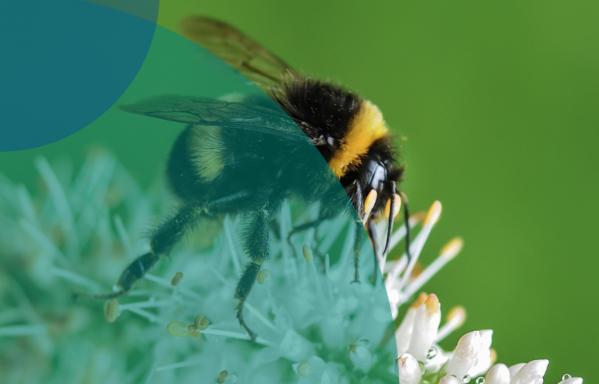
COP15
COP15 - or the UN Biodiversity Conference - takes place 7 December - 19 December 2022 in Montreal, Canada.

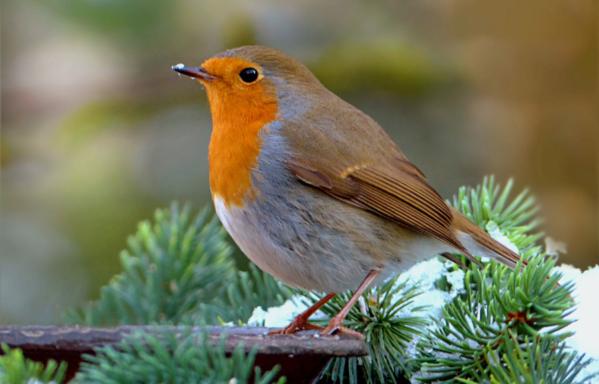
Release of new Nature Positive Business Pledge
IEMA in association with a number of partners have released a new pledge for business on nature-positive actions.

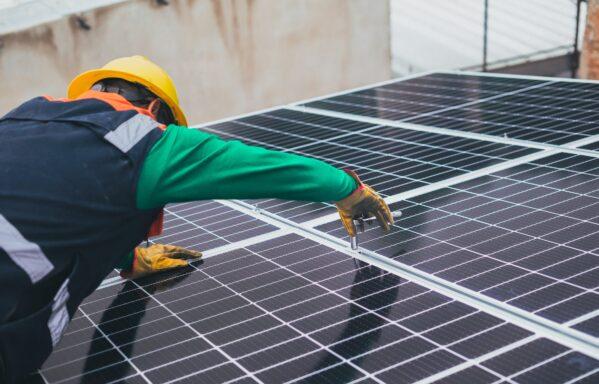
SocEnv back IEMA campaign for green skills commitment at COP28
We have joined more than 40 organisations and businesses in backing IEMA’s campaign to get green skills and training on the agenda at COP28.

